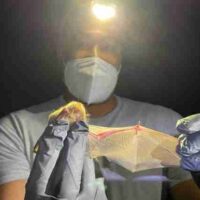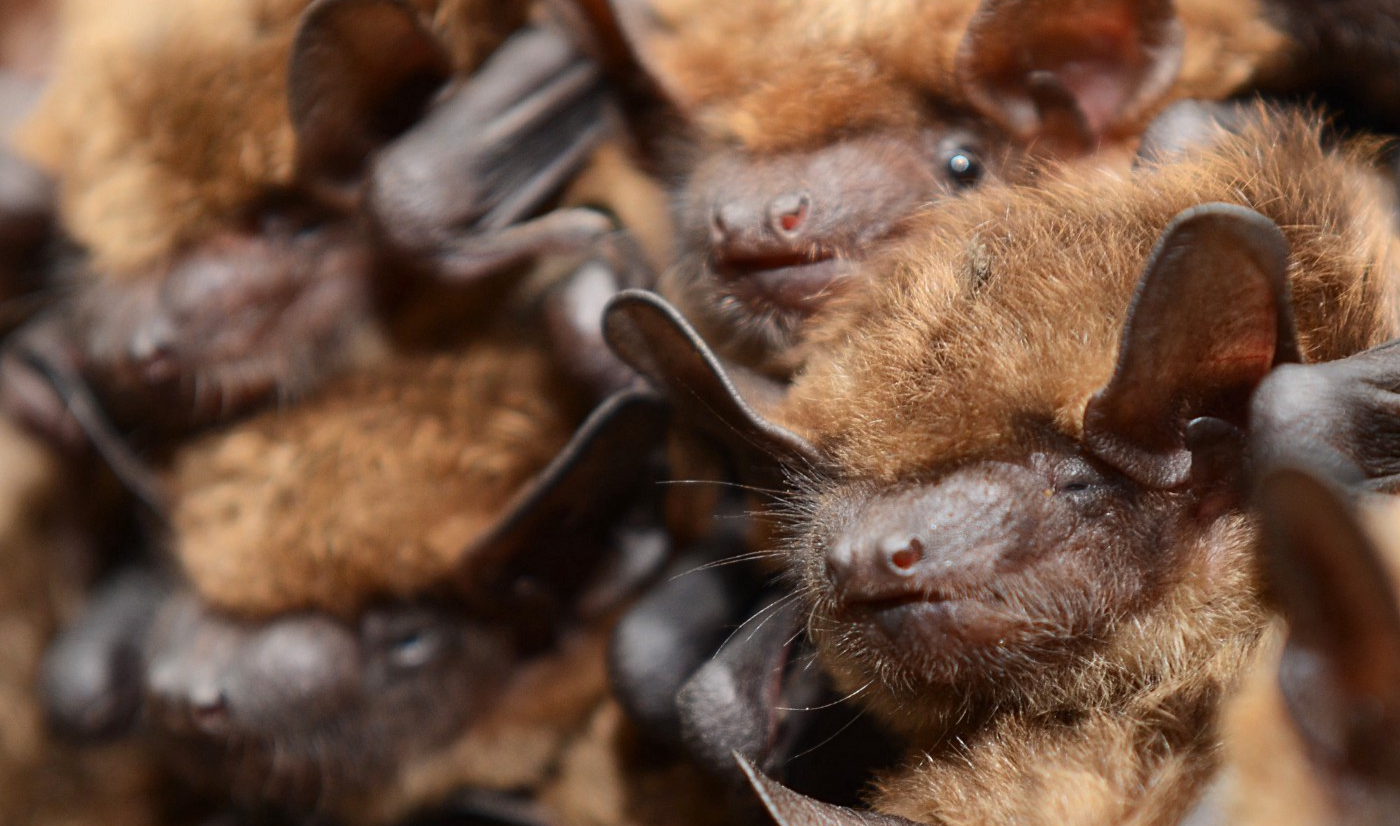Bats use high frequency pulses, called echolocation to learn more about their environment. From hunting, navigation and communication, this secret language is incredibly important to many species of bats. However, there is still much to learn about bats in urban areas such as Baltimore and how echolocations are used across the cityscape. Join Graduate student and researcher, Chris Blume, as he discusses his research on bats and their echolocation in Baltimore city. He will also discuss his citizen science project, “Rhythms of the Night”, where members of the public can help identify bats. Presentation will include a tutorial for learning how to identify bats based on the calls.
Chris Blume is a graduate student at UMBC in the Geography and Environmental Systems program. He is also part of the first cohort of the ICARE program at UMBC, which looks to bring diversity and inclusion into the environmental sector. The aim of his research project is to use native bats species to look at the distribution of heavy metal pollution around Baltimore City. He is also investigating the biodiversity of bat species in Baltimore city. To do this, he has set up acoustic monitoring equipment to capture the ultrasonic calls of bats to use for species identification. Further, he’s collected and sampled bat guano from roosting sites to use for my analysis. To increase bat populations, roosting sites, and sampling opportunities, Chris has also been installing bat houses at locations around the city. By collaborating with local parks, schools, urban farms and gardens he hopes to better understand the distribution and impact of these pollutants as well as environmental justice issues within these communities. Also, by partnering with these groups he has included ecological educational programming to help foster community based environmental stewardship.



